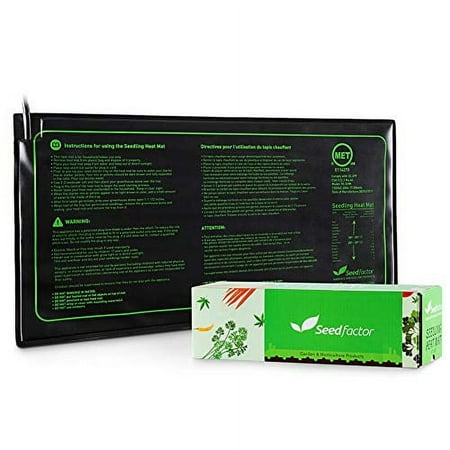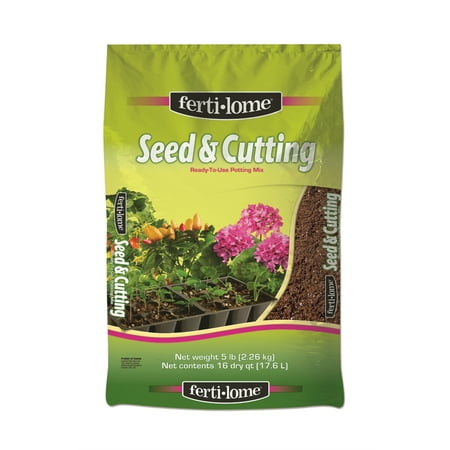Now is the perfect time to take weigela cuttings – a step-by-step guide to propagation success
Learning how to take weigela cuttings is a free and fun way to grow your shrub collection
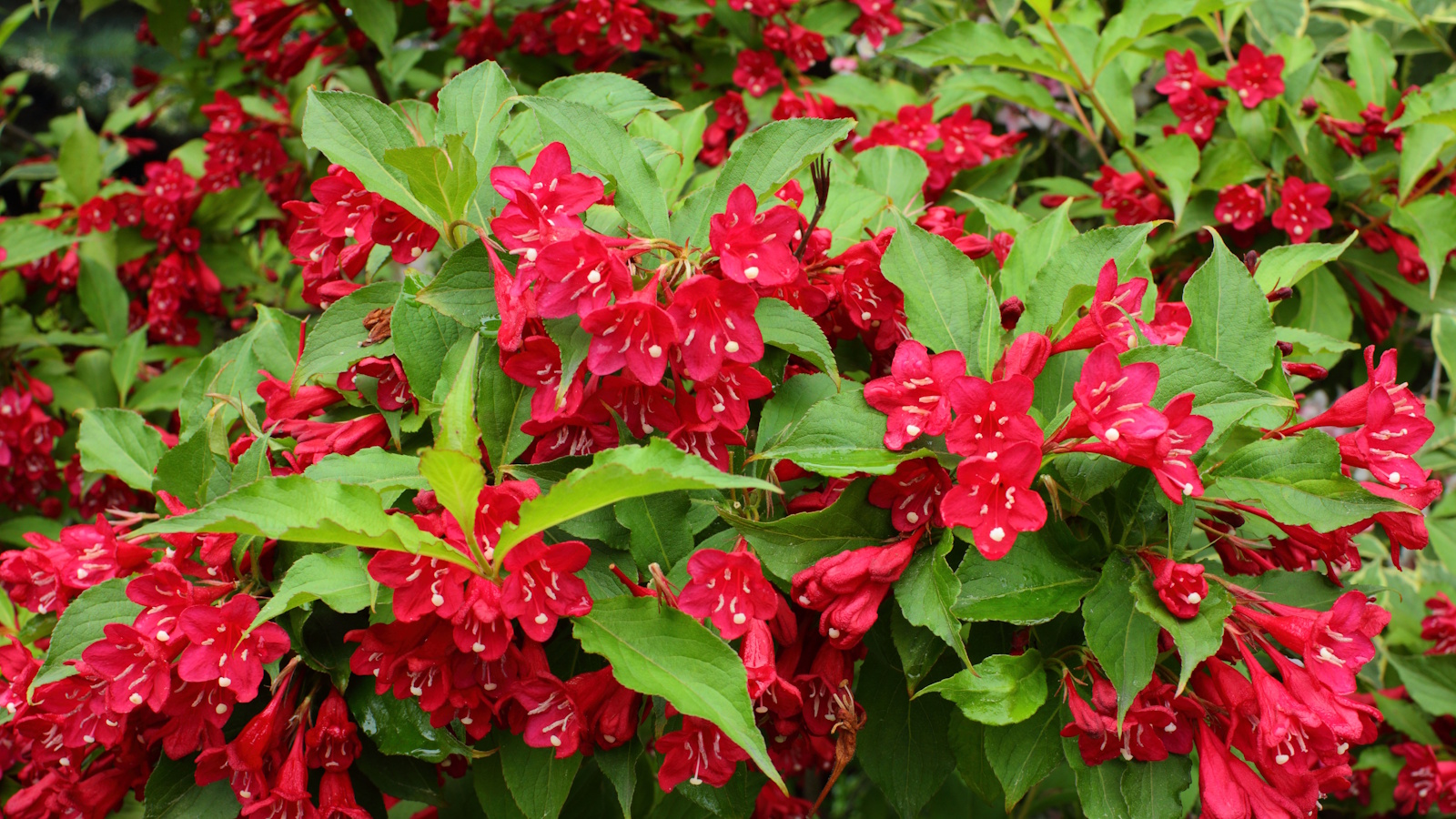

Weigela are popular shrubs that are prized for their vibrant trumpet-like blooms that emerge in late spring to early summer. If you are a fan of color in the garden, weigela plants are a surefire way to add impact to any yard.
Propagating your weigela shrubs is both cost-effective and fun, and by following a few simple steps, you will be able to add even more colorful shrubs to your plot in the coming year with little expense.
So, while you might know how to grow weigela, why not consider taking cuttings? Our expert guide has all the information you need to know, including tips on timing and aftercare.
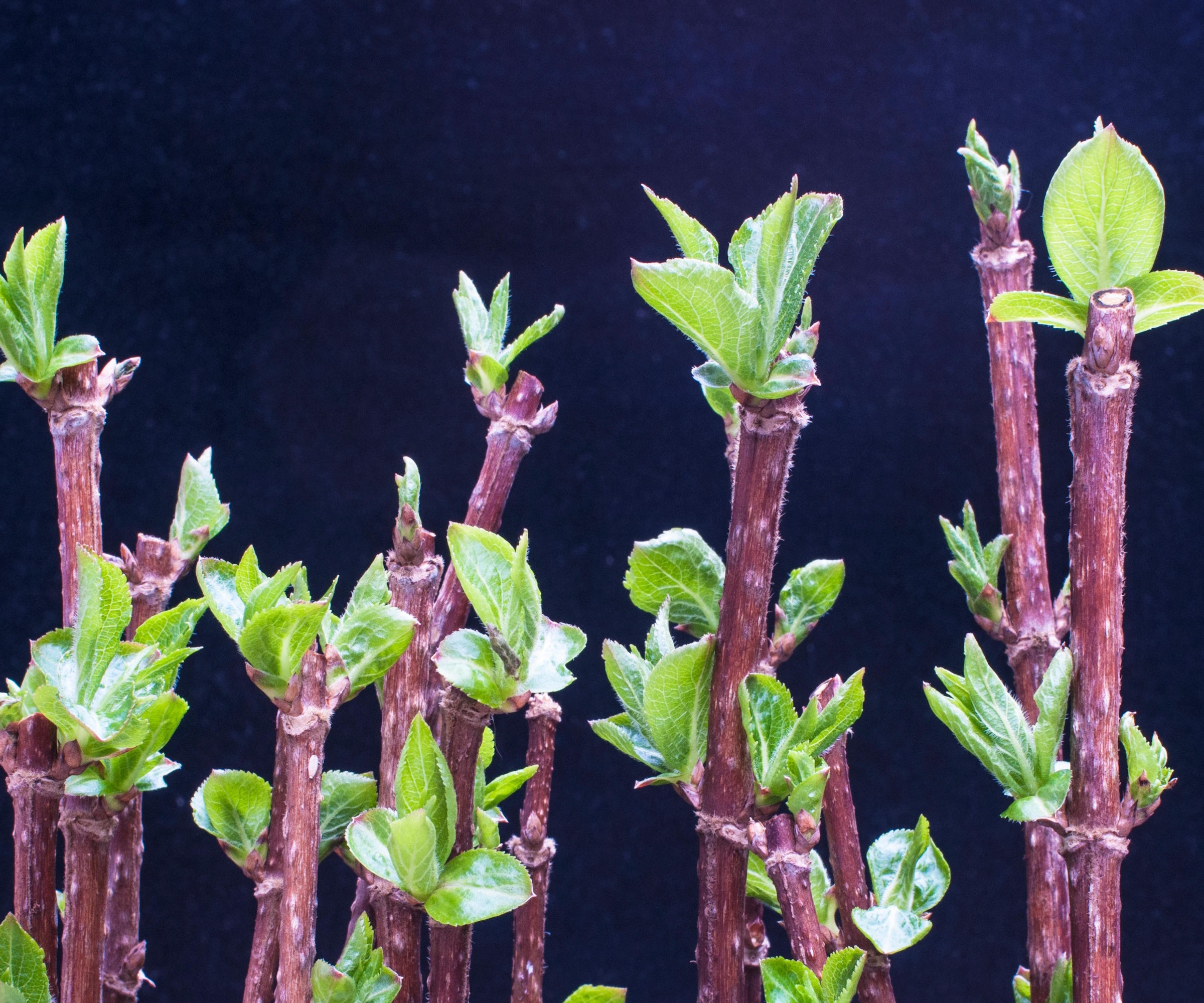
Growing weigela shrubs
Weigela are striking and hardy plants that can tolerate a wide range of climates and conditions but are very well suited to cold regions, growing well even down to US hardiness zone 4.
These are tough and impressive shrubs, and fortunately for us gardeners, they are also excellent plants to take cuttings from. Follow our guide to learn the right approach for weigela cuttings.
When to take weigela cuttings
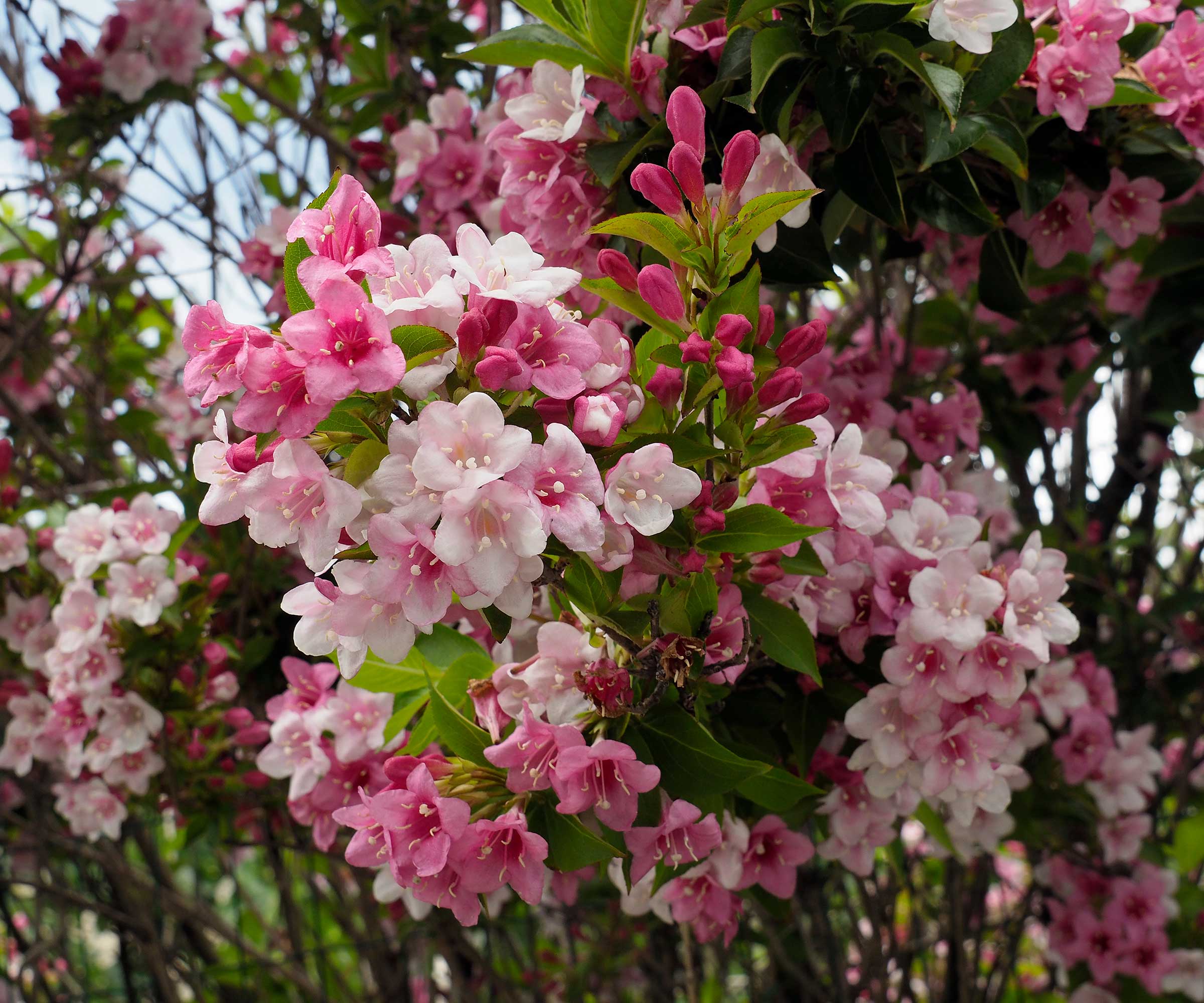
In terms of timings for weigela cuttings, softwood cuttings can be taken from your shrubs during early summer, usually around June. This is best done when new stems are still young and flexible.
Weigela make great plants to propagate in winter and hardwood cuttings using old, woody stems are usually taken when the temperature drops in late fall or early winter. For the best results, take hardwood weigela cuttings after the arrival of the first frost, which will vary depending on where you live and the local climate.
How to take weigela cuttings

- Using clean, sharp tools, like these Felco pruning snips from Amazon, make your cuts. If you are taking softwood cuttings in early summer, select fleshy, green stems that measure 8 to 10 inches long. For hardwood cuttings in fall or winter, choose woody stems that measure 10 to 12 inches. Make your cuts just below a leaf node.
- For green, softwood cuttings, remove all but two leaves at the top of the stems, whereas for woody, hardwood cuttings, remove any foliage that remains on the stems. Do not worry about stripping any remaining foliage at the time of year, as the hardwood cutting is dormant.
- While rooting hormone is optional, it can help to generate the best results. Simply dip the bottom inch of your cuttings in rooting hormone powder, available from Amazon, before planting them into small pots filled with well-drained potting mix. You want to bury about half the length of each cutting.
- Softwood cuttings taken during the summer can be placed in cold frames or unheated greenhouses. However, for hardwood cuttings in fall or winter, you may want to use a heated propagation mat to increase the chances of success.
- You only need to water hardwood cuttings sparingly, as they will not actively absorb moisture during fall and winter when they are dormant and not growing. In summer, keep your softwood cuttings moist but not waterlogged, monitoring the soil every few days and misting as necessary. From June, as the temperatures soar, you may need to water more frequently.
- Keep softwood cuttings out of direct sunshine during the first month or two, while the cuttings settle and produce roots. Your softwood cuttings should produce roots within six weeks, whereas hardwood cuttings will not show signs of life until the spring.
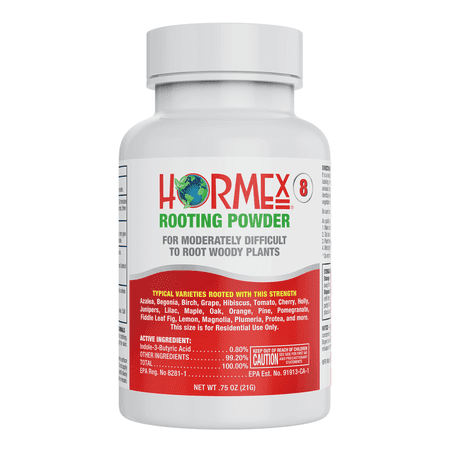
This rooting hormone powder will improve your chances of success when propagating weigela via cuttings.
FAQs
Can I plant Weigela cuttings in a border?
Yes, when your plant has a good root system and has grown several leaves, you can plant it in your yard. Weigela are pretty easy to grow, but they do prefer well-draining soil that is slightly acidic to neutral. A pH range between 6.0 and 7.0 is optimal but they are not terribly fussy, just give them plenty of sunshine and good soil structure.
Can I keep my cutting in a pot?
Sure, growing weigela in pots can be done. When planting cuttings into bigger containers, use a good quality, well-draining potting mix and choose a container that is large enough to accommodate at least one season of growth of plant and root mass. Remember also that container-grown shrubs require more frequent watering during the warmer months.
Can I take cuttings of any weigela plant?
It is important to note that some plants are patented to protect the breeders' rights and livelihoods. This means that it is illegal to propagate them. Always check on the tag or do your research on the particular species you grow to ascertain whether you can take cuttings.
Always take more cuttings than you think you need, as some will fail, so taking extra cuttings is an insurance policy. You also want to repot your plants into a more nutritious potting mix when they show signs of growth and produce a new set of leaves. Seed and cuttings compost is typically low in nutrition, which is fine when the cuttings are young, but they will not turn into healthy plants if left in this soil for months on end.
For more propagation information, see our guide to common plant cuttings mistakes, helping you to avoid disappointment in the greenhouse this year.
Sign up to the Homes & Gardens newsletter
Design expertise in your inbox – from inspiring decorating ideas and beautiful celebrity homes to practical gardening advice and shopping round-ups.

Thomas is a Content Editor within the Gardens Team at Homes and Gardens. He has worked as a professional gardener for both public spaces and private estates, specializing in productive gardening, growing food and flowers. Trained in Horticulture at the Garden Museum, he has written on gardening and garden history for various publications, including The English Garden, Gardens Illustrated, Hortus, The London Gardener and Bloom. He has co-authored a Lonely Planet travel book, The Tree Atlas, due out in 2024.
-
 6 key colors to decorate with in May, according to interior design and color experts in the know
6 key colors to decorate with in May, according to interior design and color experts in the knowDesigners and color experts share the colors they are decorating with this month
-
 Gardeners with Japanese maples urged to use this simple 2-ingredient solution that will stop pests fast if you act now
Gardeners with Japanese maples urged to use this simple 2-ingredient solution that will stop pests fast if you act nowHow to quickly clear honeydew and aphids from your Japanese maples
-
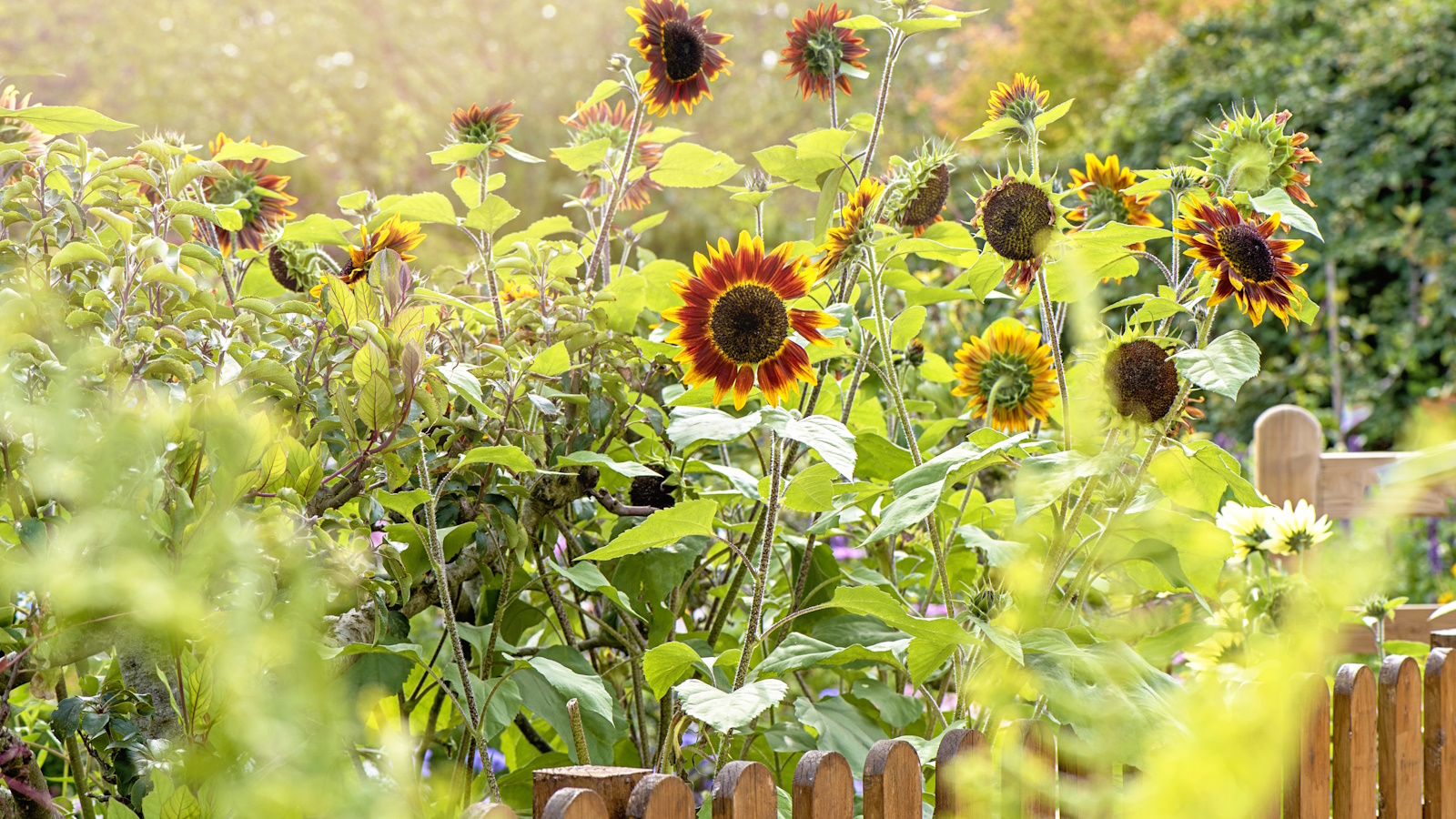 Best dwarf sunflowers for pots and small spaces – transform even tiny yards this summer with these bold, colorful blooms
Best dwarf sunflowers for pots and small spaces – transform even tiny yards this summer with these bold, colorful bloomsThese container-friendly dwarf sunflowers are sure to put on a summer show in your garden, whatever the size
-
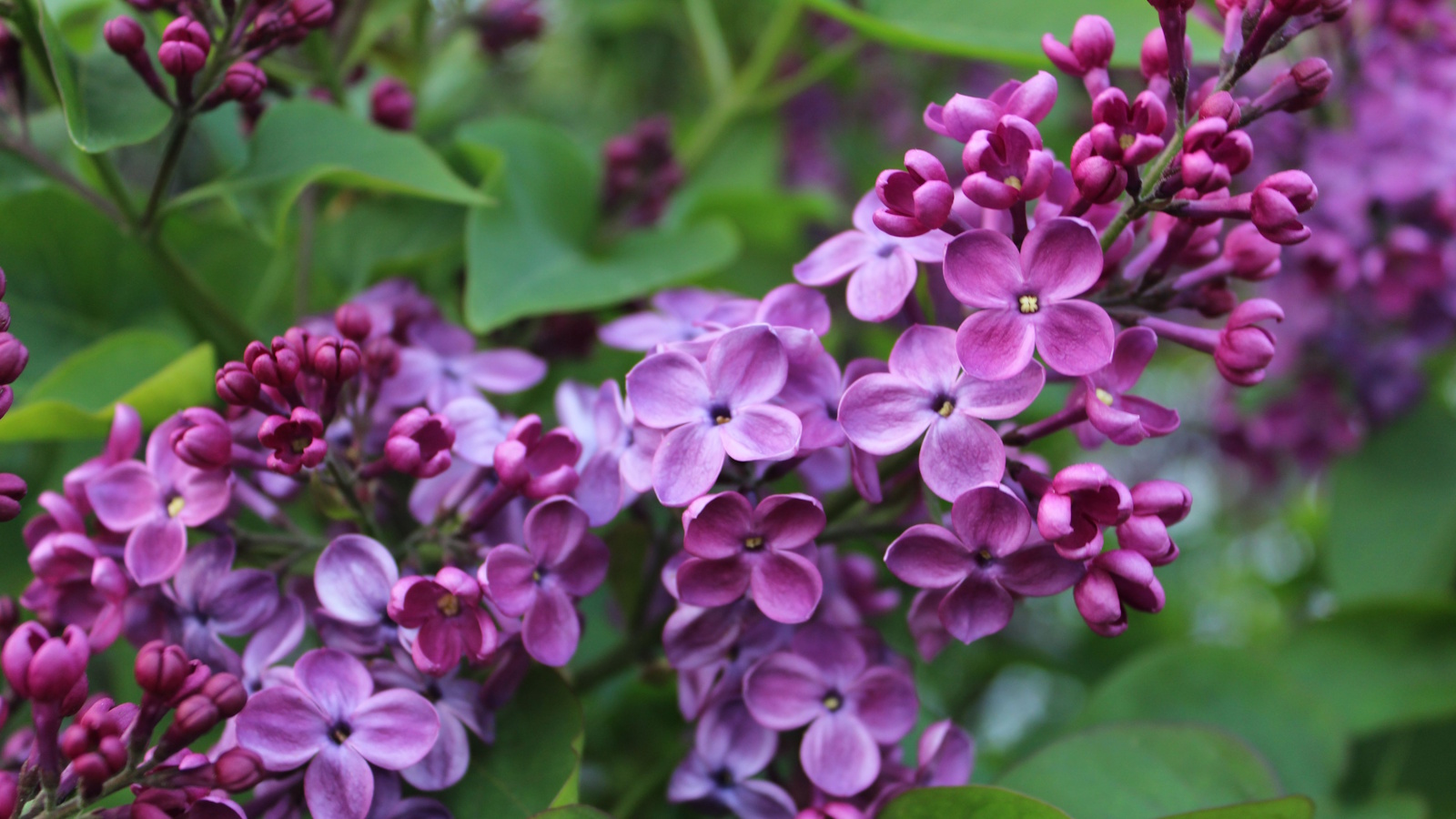 Is it necessary to deadhead lilac flowers? Here's what I've learned after a decade working as a professional gardener
Is it necessary to deadhead lilac flowers? Here's what I've learned after a decade working as a professional gardenerDeadheading spent lilac blooms can help to improve the appearance of your plants, but it won't encourage any more blooms
-
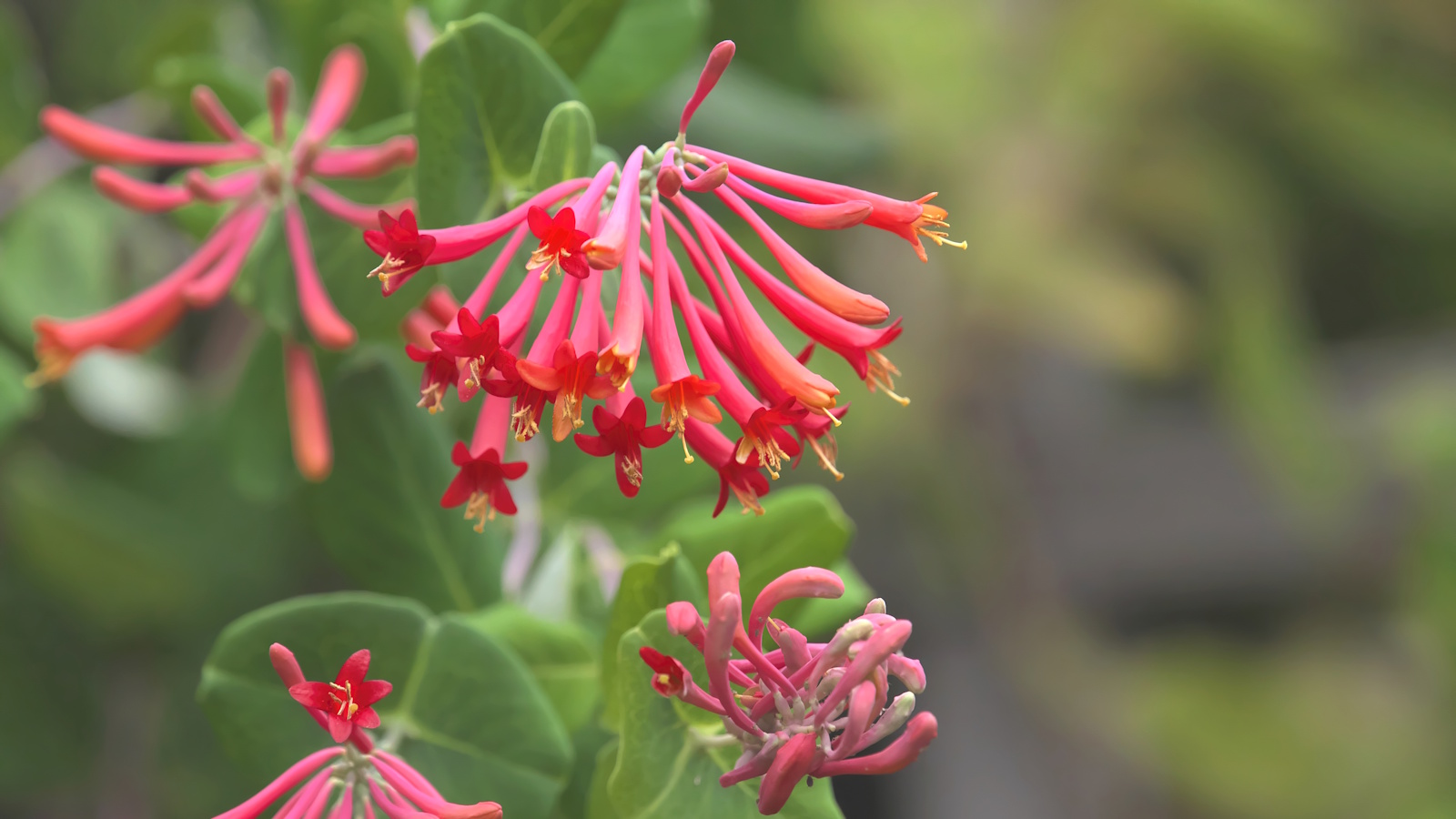 Best climbers to attract hummingbirds – 5 nectar-rich vines with vibrant, colorful flowers to fill pots and borders
Best climbers to attract hummingbirds – 5 nectar-rich vines with vibrant, colorful flowers to fill pots and bordersHummingbirds, butterflies and bees will not be able to stay away from these easy-to-grow flowering climbers
-
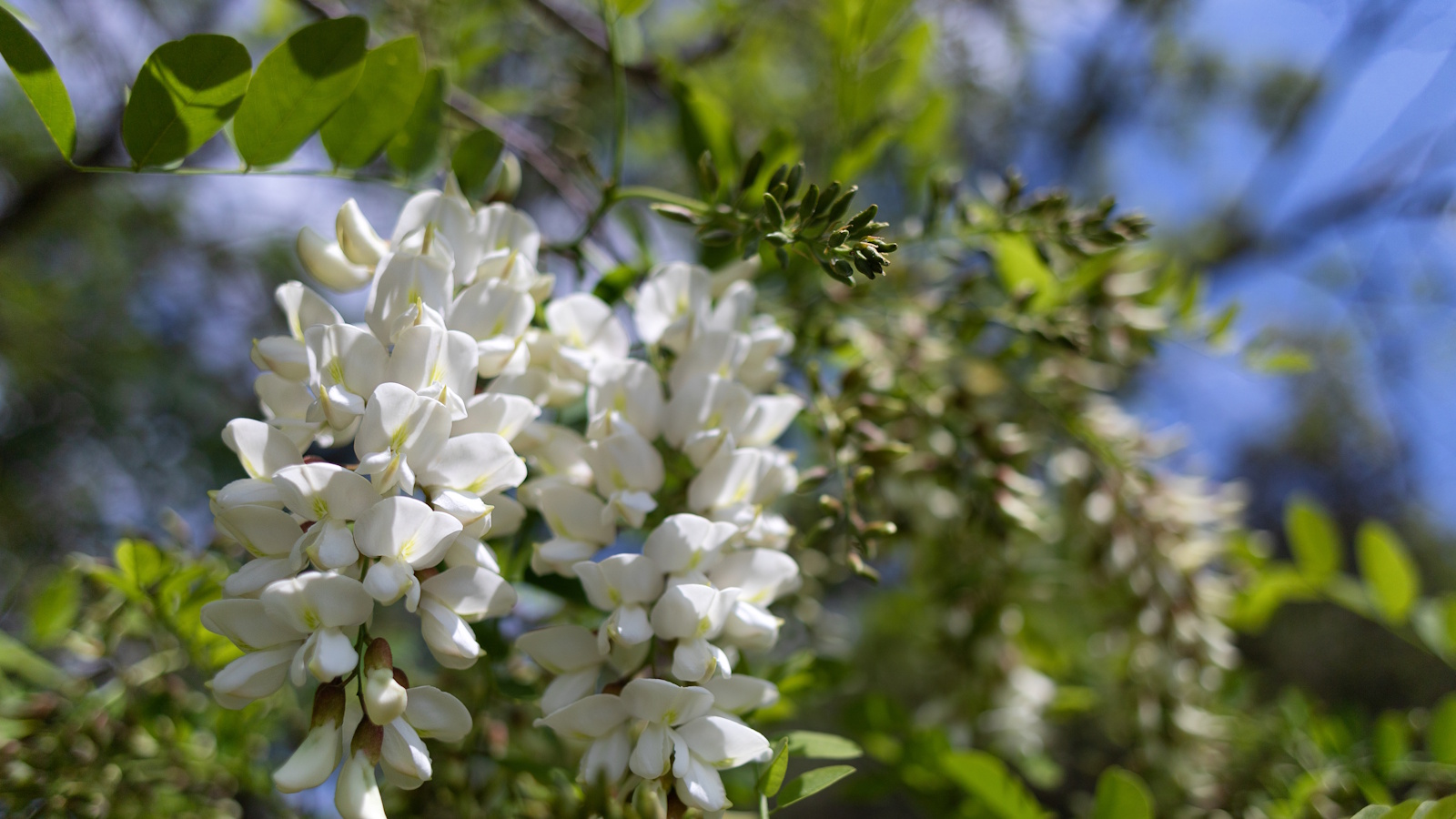 5 plants with thorns and spines to avoid in family gardens – plus the safer alternatives to grow instead
5 plants with thorns and spines to avoid in family gardens – plus the safer alternatives to grow insteadWhile these plants are good for intruder-proofing your yard, they might not be ideal in homes with young children or pets
-
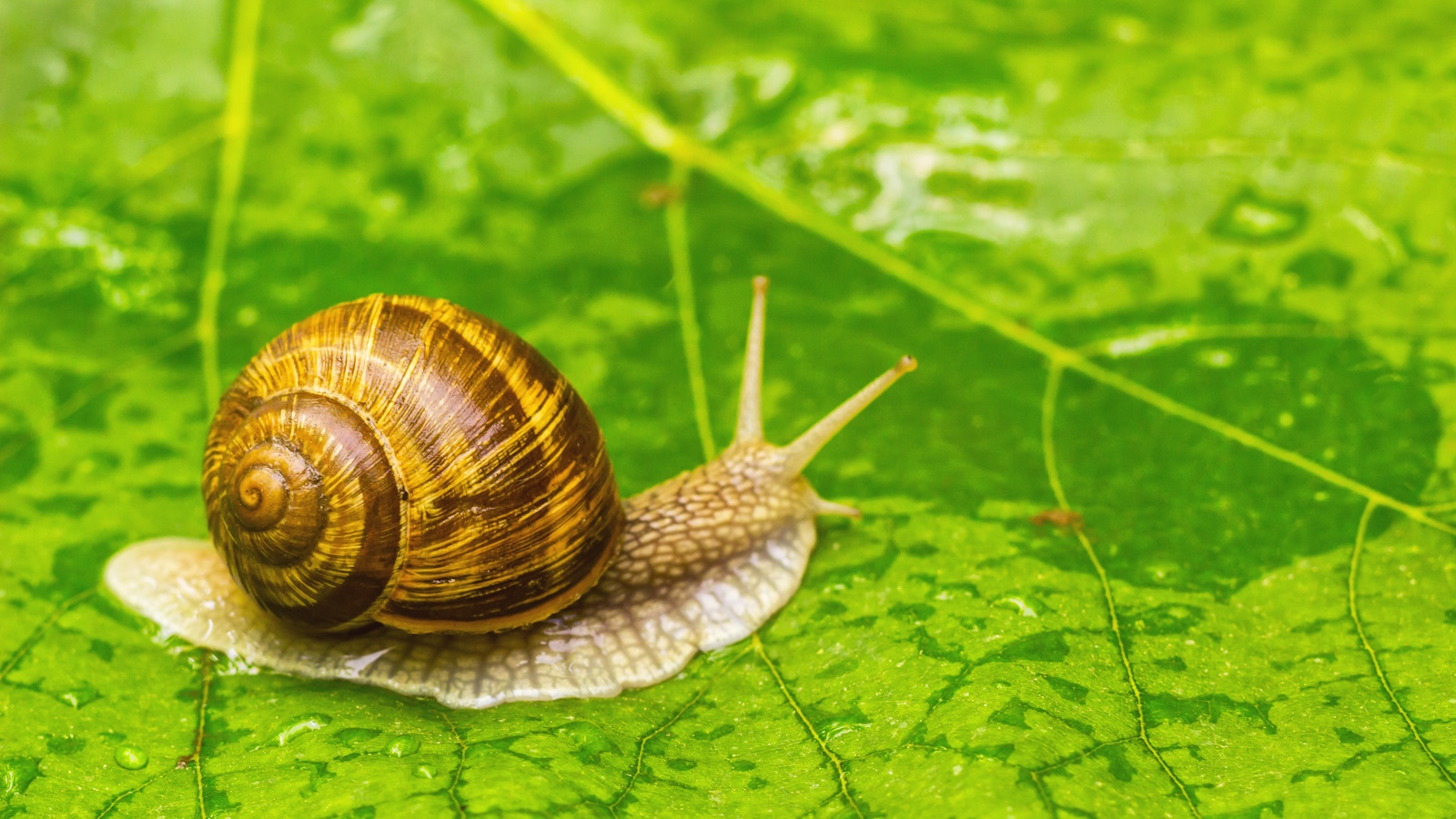 This common vegetable is the best natural defence against slugs and snails – and you probably already have one in your fridge
This common vegetable is the best natural defence against slugs and snails – and you probably already have one in your fridgeHere's how to pest-proof your flower beds and veg garden this year
-
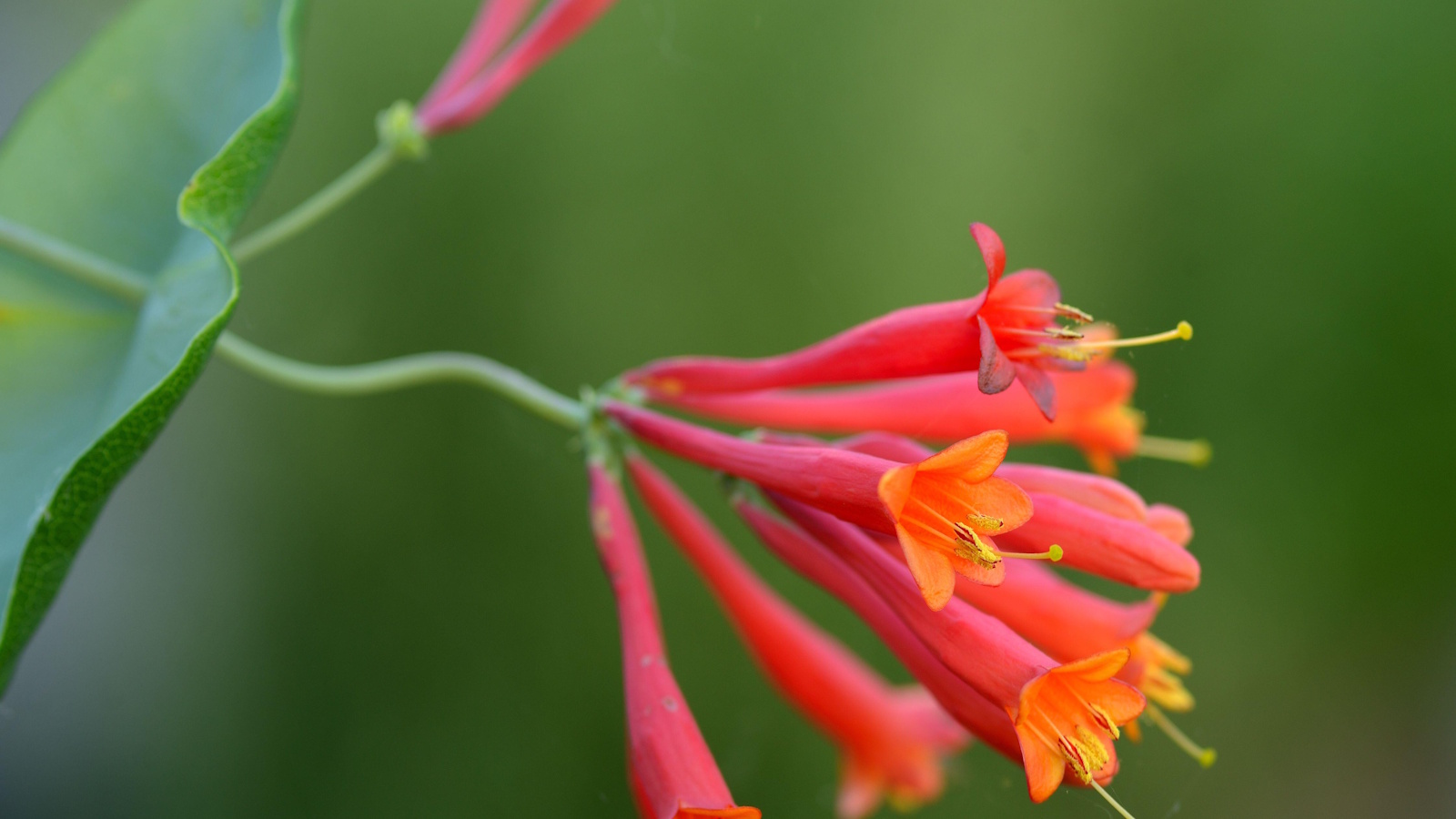 Native alternatives to invasive wisteria – 5 North American climbing plants with spectacular foliage and flowers to grow instead
Native alternatives to invasive wisteria – 5 North American climbing plants with spectacular foliage and flowers to grow insteadThese native vines will fill garden walls, fences and pergolas with greenery
-
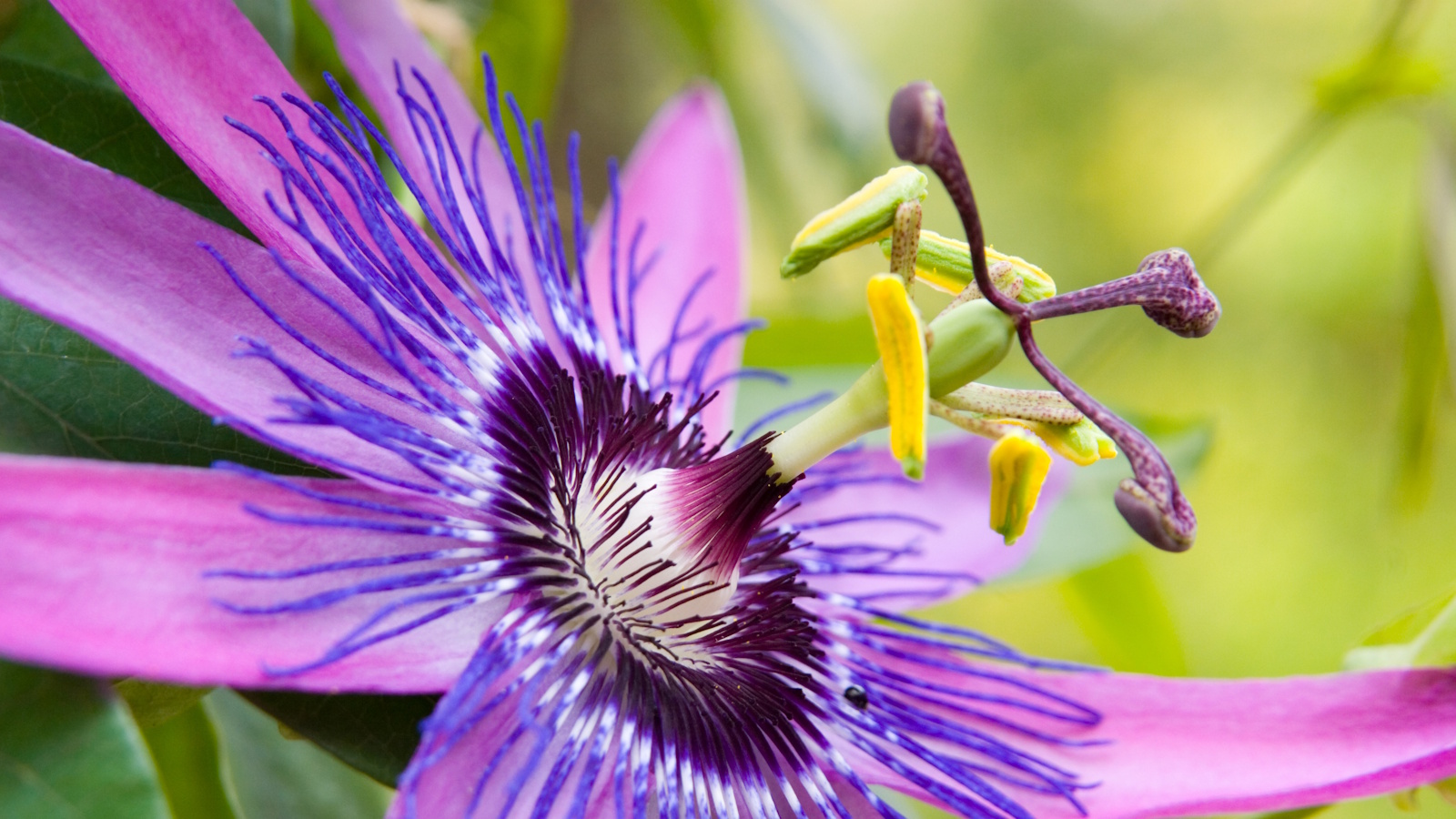 How to grow passion flowers in pots – the ultimate flowering vine that will transform any garden, whatever the size
How to grow passion flowers in pots – the ultimate flowering vine that will transform any garden, whatever the sizeLearning how to grow passion flowers in pots is a great option for gardeners with compact yards
-
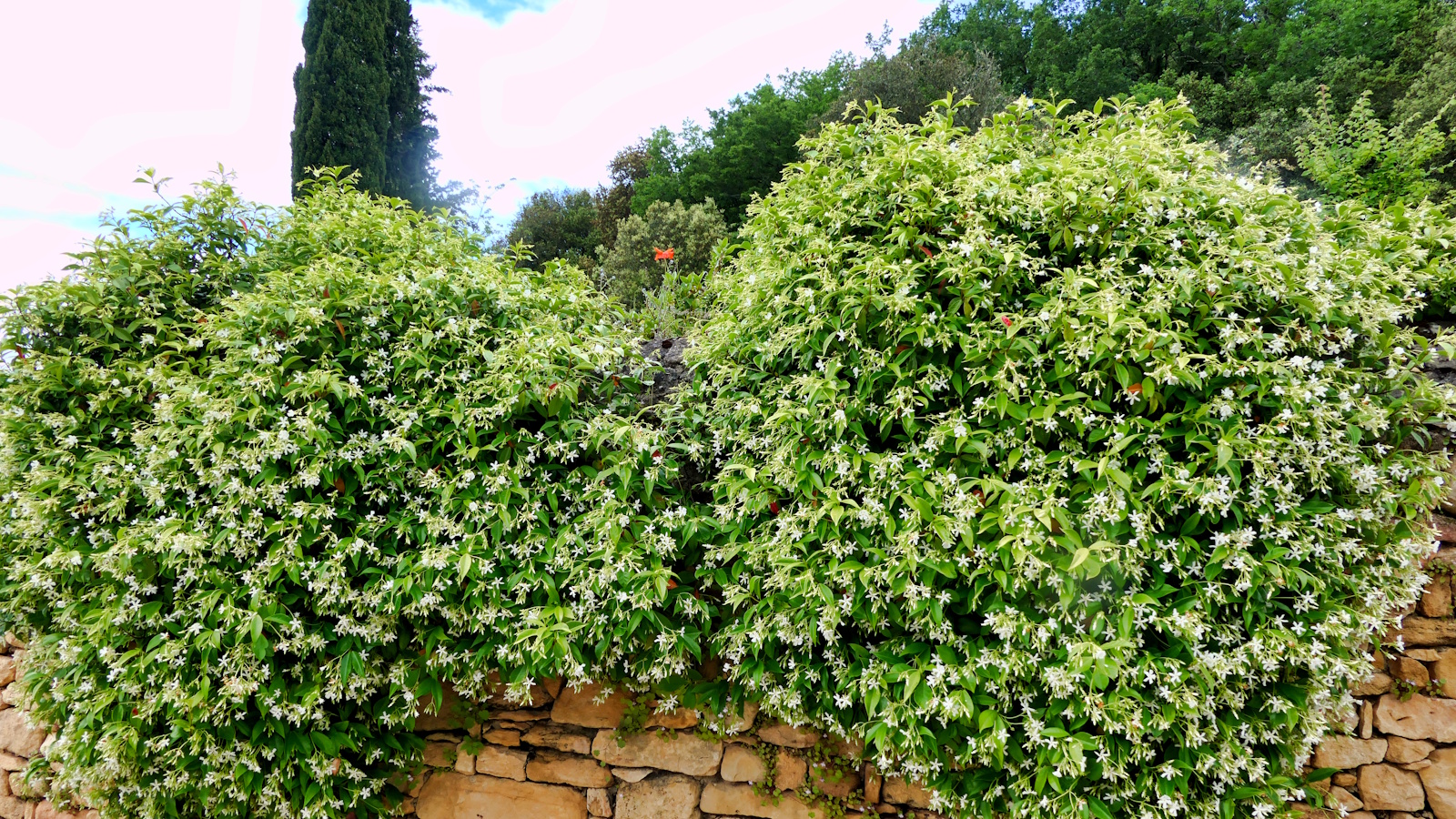 How to fertilize star jasmine – experts reveal the secrets for healthy climbing plants with masses of scented blooms
How to fertilize star jasmine – experts reveal the secrets for healthy climbing plants with masses of scented bloomsFeeding your vines at the right time can give them a boost during the growing season
